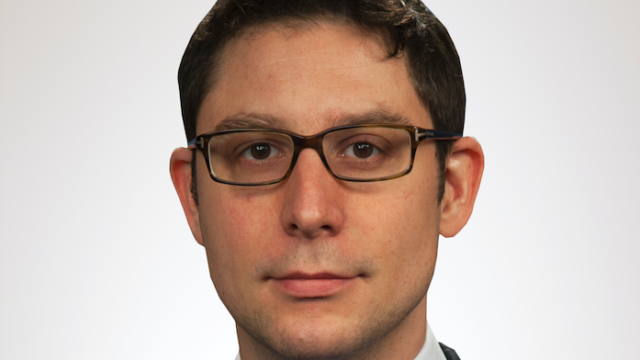Tim Edwards, S&P Dow Jones Indices
The firm measured the value of sell-side research by combining two variables: dispersion of stock, sector and country returns, and the capacity or size a fund manager can over/underweight a specific category, Tim Edwards, managing director of index investment strategy at S&P Dow Jones, told FSA in a recent interview.
“If the dispersion is small, that means the best stock is probably performing quite similarly to the worst stock, and in those markets, there is not a lot of value even in very accurate predictions by sell-side researchers,” he explained.
10-year average dispersion in various market segments

Source: S&P Dow Jones Indices
Looking at dispersion alone, sell-side research on small-cap stocks and stocks in Indonesia may provide the highest value for fund managers. However, Edwards noted that managers should also take into consideration the capacity or the size of the investments they make in a particular category.
Edwards explained that combining both dispersion and capacity will give a more accurate measure of how much value should be given to sell-side reports. For example, although returns of the stocks within the S&P Small Cap 600 Index may have the highest dispersion, research on small companies do not add much value for large investors that do not make huge allocations in the asset class.
Dispersion versus capitalisation

Source: S&P Global Indices
Combining both measures
The firm scored various market segments based on their dispersion and capacity and compared them to the S&P 500, which has a base score of 1.
The scores indicate that research on Asian countries and US sectors provide the most value for fund managers, according to Edwards.

Source: S&P Global Indices
“If sell-side analysts have the same level of skill, those that give recommendations in Asian countries and US sectors could be seven times more valuable than someone giving recommendations on individual US stocks and even nearly 60 times more valuable than a recommendation in a utility stock,” he explained.
Edwards noted that the figures are based on a 10-year average and dispersion and capacity may change in the short-term depending on the market environment.
For example, sector dispersions were low in the US from 2012-2014 when the economy was impacted by quantitative easing. However, sector dispersions increased as the November 2016 US presidential election approached. “Market interpretation became essentially industry- and sector-based, depending on what the Trump trade was,” he said.
Benchmark movements

Source: S&P Global Indices
The firm’s methodology of combining dispersion and methodology may also shed some light on why some fund managers outperform others, Edwards added.
“Some managers either trade using factors, sectors or individual stocks with the same level of skill. However, some will do better, not because they have more skill, but because the rewards of their approach are higher.
“For example, in countries versus sectors in Asia, country selection is more powerful. So if they have the same level of skill, the manager focusing on countries will have better rewards to their insights,” he explained.
Actual costs of research
The firm’s study comes after the Market in Financial Instruments Directive (Mifid II) came into force in January 2018. Although it is a European directive, managers and distributors outside the region, including Asia, are affected as well.
One area where Mifid II has an impact is research, requiring the asset management house, not the client, to pay for research costs.
Edwards noted that the firm’s study does not cover the actual costs that managers pay for research.
“From my conversations with different banks and brokers, the market is not quite settled yet [about how much they should be paying for research],” he said, adding that the firm has not collected data on those costs.
Edwards also noted that the study assumes that all sell-side researchers have the same level of skill.
“Managers should also take into consideration how much they are influenced when receiving a recommendation and if the recommendation does result in a profit.”

















